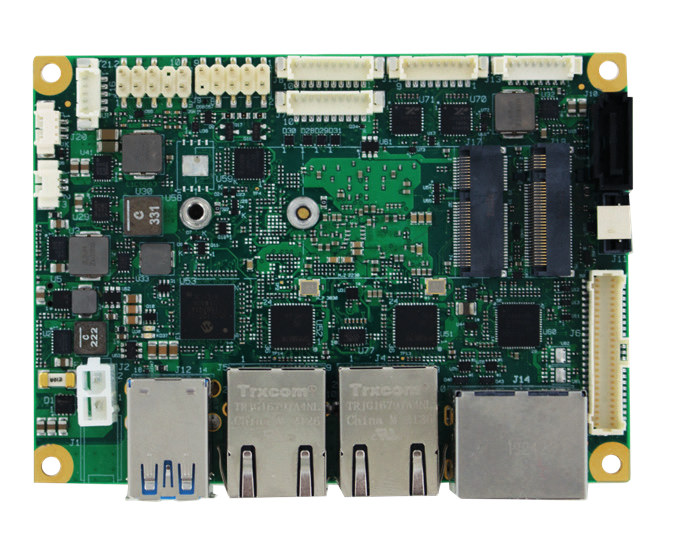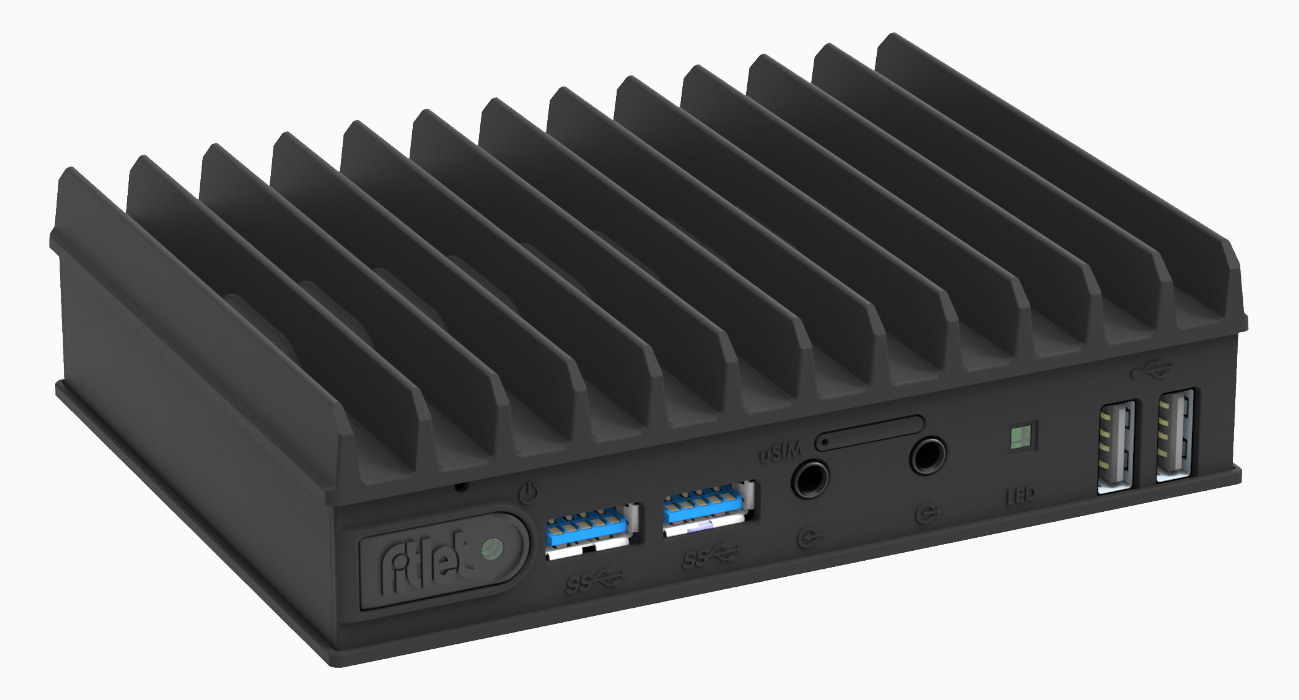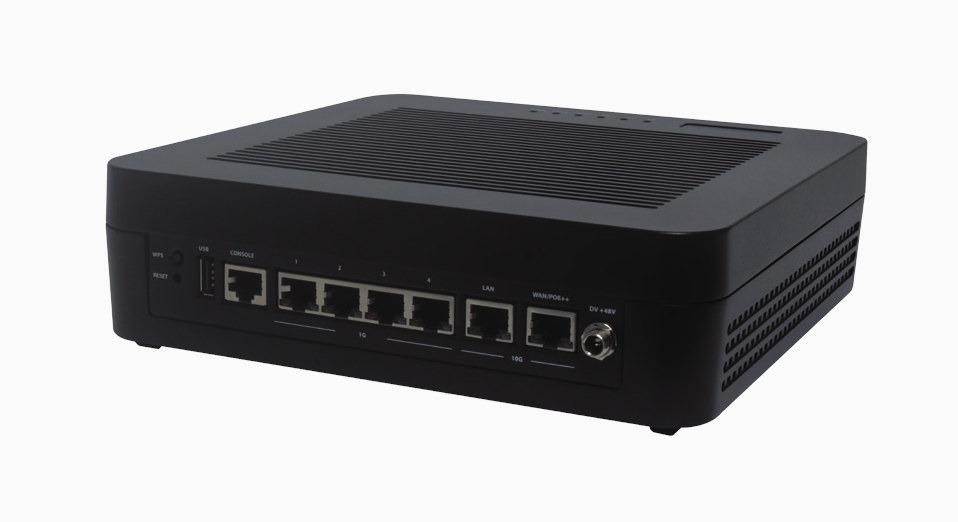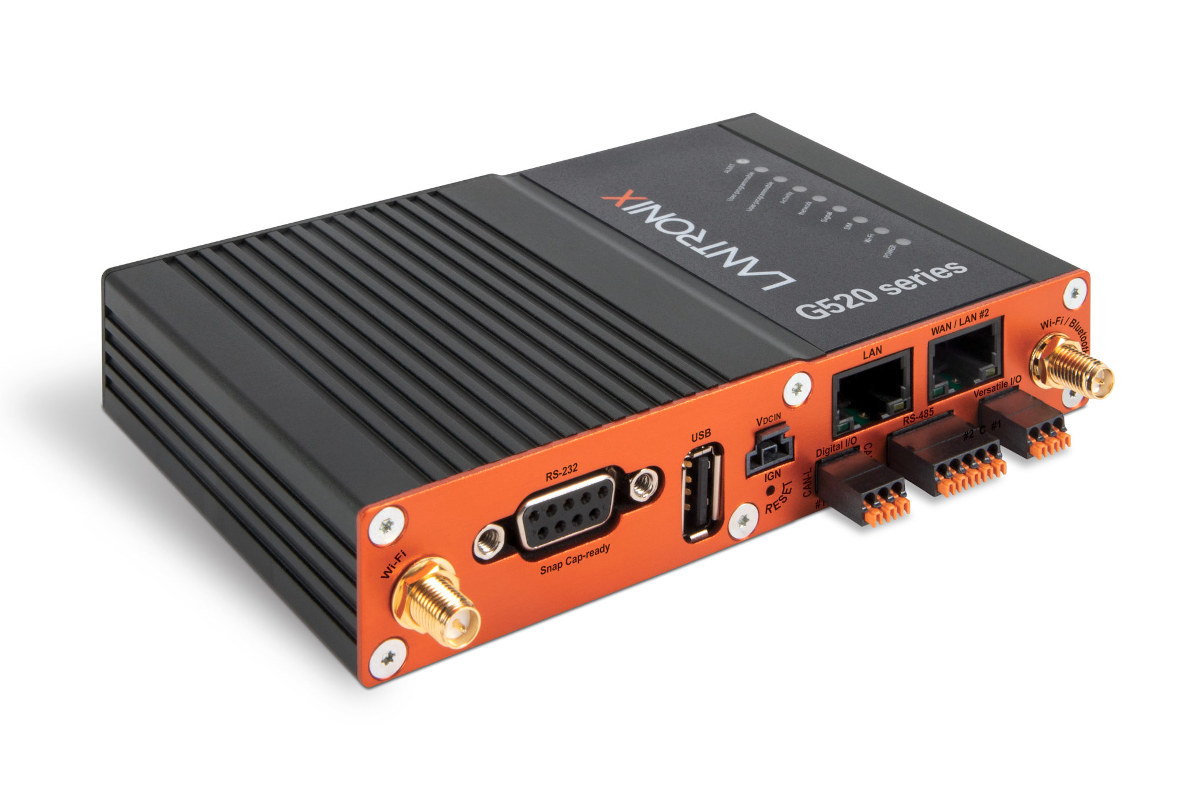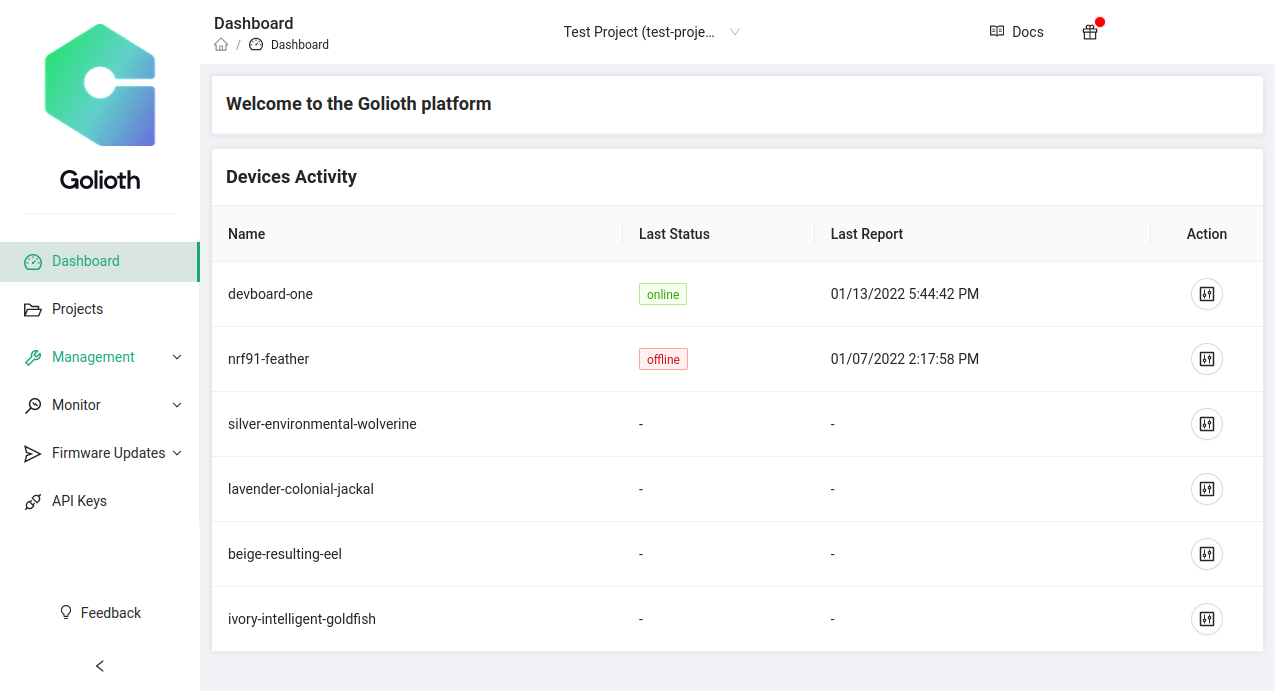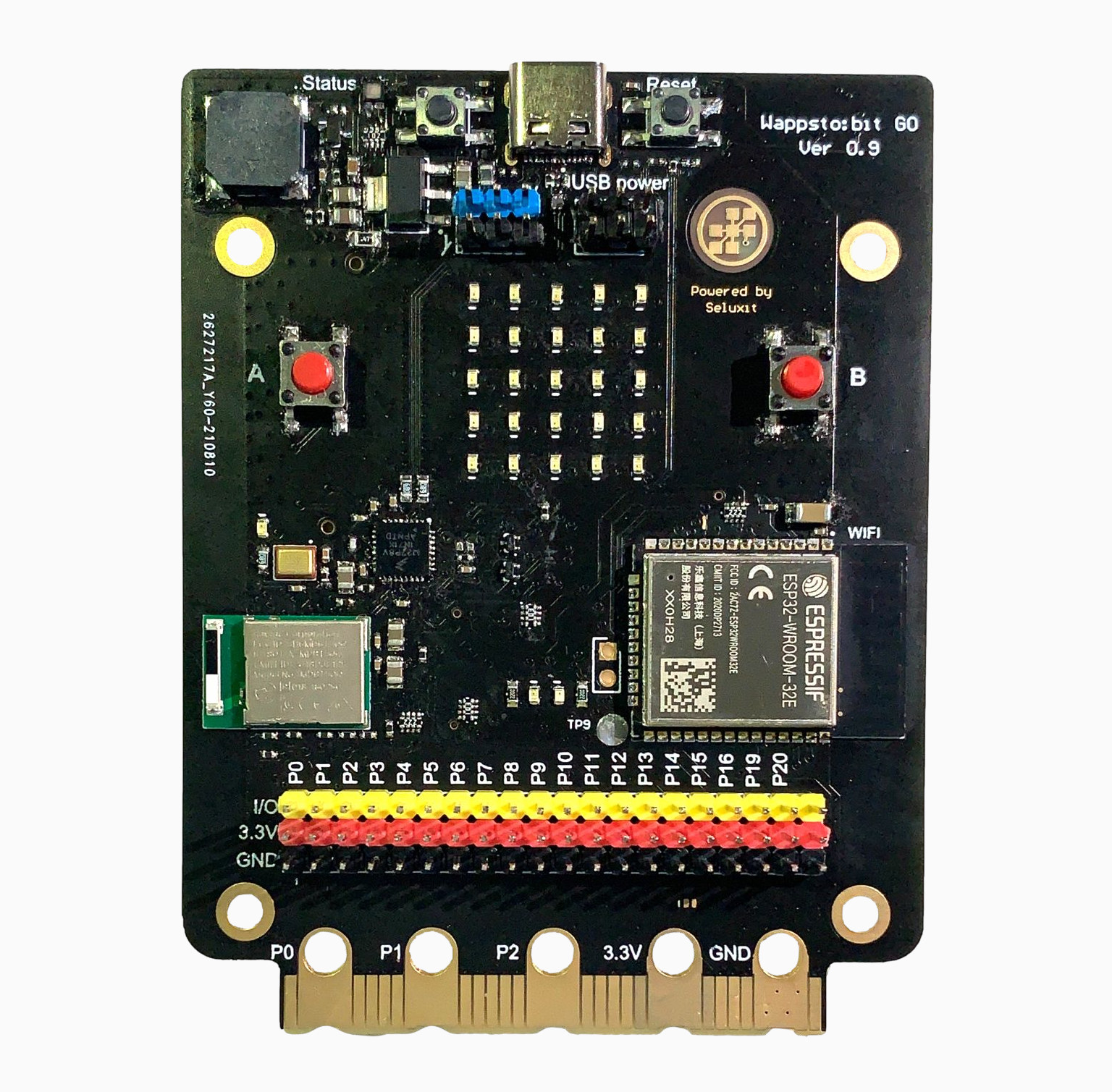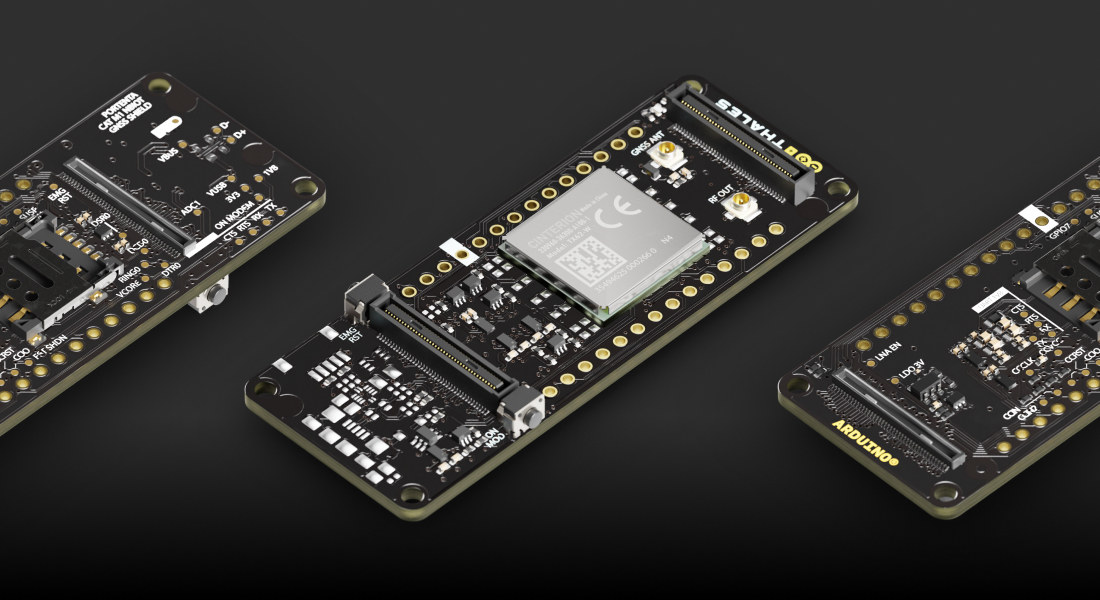SECO ICARUS is a Pico-ITX single board computer based on Intel Atom x6000E, Celeron, and Pentium Elkhart Lake processor that’s designed for edge IoT, AIoT, and computer vision applications. The SBC ships with up to 16GB DDR4 IBECC (in-band error-correcting code) memory, eMMC flash and/or SATA storage, supports up to three independent displays, features two Gigabit Ethernet ports with TSN support, M.2 sockets for WiFi/Bluetooth and cellular connectivity, several USB ports, serial ports, and other I/O interfaces. ICARUS specifications: Elkhart Lake SoC (one or the other) with Intel Gen11 UHD Graphics Intel Celeron J6413 quad-core processor @ 1.8GHz (3GHz Turbo); 10W TDP Intel Celeron N6211 dual-core processor @ 1.2GHz (3GHz Turbo); 6.5W TDP Intel Pentium J6426 quad-core processor @ 2.0GHz (3GHz Turbo); 10W TDP Intel Pentium N6415 quad-core processor @ 1.2GHz (3GHz Turbo); 6.5W TDP Intel Atom x6211E dual-core processor @ 1.3GHz (3GHz Turbo); 6W TDP w/ IBECC and IHS […]
Fitlet3 is a compact, fanless Elkhart Lake mini PC for IoT and industrial applications
Fitlet3 fanless mini PC based on a choice of three Atom or Celeron Elkhart Lake processors is an upgrade to the Compulab Fitlet2 mini PC introduced in 2017 with Apollo Lake processors. Designed to be used as a fanless industrial mini PC or an IoT gateway, Fitlet3 comes with up to 32GB RAM, supports SATA and NVMe storage, offers two 4K video outputs, up to four Gigabit Ethernet ports, optional WiFi 6E, Bluetooth 5.2, and/or 4G/5G cellular connectivity, as well as a wide range 7V to 42V power input. Fitlet3 specifications: Elkhart Lake SoC (one or the other) Intel Atom x6425E quad-core processor @ 2.0 GHz / 3.0 GHz (Boost frequency); TDP: 12 W Intel Celeron J6412 quad-core processor @ 2.0 GHz/ 2.6 GHz; TDP: 10 W Intel Atom x6211E dual-core processor @ 1.3 GHz / 3.0 GHz ; TDP: 6 W System Memory – Up to 32 GB DDR4 […]
Qualcomm IPQ8076A WiFi 6E access point offers dual 10GbE, supports PoE++
Lanner LWR-X8460 is an enterprise-grade 12-stream, tri-band Wi-Fi 6E access point powered by Qualcomm IPQ8076A quad-core Cortex-A53 processor also equipped with two 10GbE multi-speed ports, and four additional Gigabit Ethernet ports. The access point also supports IEEE 802.3bt standard for the PoE++ power delivery, Bluetooth 5.1 for IoT management, and its features set makes it suitable for remote video conferencing, telehealth, distance learning, public safety monitoring, IoT applications, as well as general connectivity in any crowded and dense Wi-Fi environments. Lanner LWR-X8460 specifications: WiSoC – Qualcomm IPQ8076A Hawkeye quad-core Cortex-A53 processor @ 2.2GHz part of the Networking Pro 1200 Platform System Memory – 1GB DDR4 Storage – 8MB NOR flash, 256MB NAND flash Networking Wi-Fi Standards – IEEE 802.11 a/b/g/n/ac/ax Peak PHY Rates – 2.4GHz: 1147 Mbps; 5GHz: 2402 Mbps; 6GHz: 4804 Mbps 12x antennas 2.4GHz: Peak gain 3.6dBi, Internal 4×4, Omnidirectional 5GHz: Peak gain 5.7dBi, Internal 4×4, Omnidirectional 6GHz: […]
Lantronix G520 cellular gateways target industrial communication, cybersecurity, and transportation
Lantronix G520-series 4G LTE Cat 4 and 5G cellular gateways are designed to address challenges in Industry 4.0, security, and transportation markets with three/four separate gateways all based on an unnamed ARM926EJ-S-based CPU running at 600 MHz that’s most likely Microchip SAM9X60 processor introduced in 2020. All gateways are from the same base with variation for specific markets: G526 Industrial Gateway with LTE Cat 4 Ethernet, Serial, I/O, Fieldbus conversion, and other industrial protocols G527/G528 Security Gateway with LTE Cat 13 or 5G, built-in cryptographic secure element and PSE-PoE G528 Transportation Gateway (coming soon) with LTE Cat 4, GNSS, accelerometer, CAN Bus reading, and other tracking features Lantronix G520-series specifications: SoC – ARM926EJ-S-based processor running at 600 MHz with 32 KB instruction cache and 32KB data cache System Memory – 256MB DDR2 SDRAM Storage – 8MB SPI flash for OS, 256MB parallel NAND flash, MicroSD slot, or USB flash drive […]
Golioth IoT development platform offers Zephyr SDK, support for nRF9160, ESP32, and over 100 other platforms
There are already plenty of IoT development platforms, but here’s another one with Golioth that relies on a Zephyr SDK, “first-tier” support for Nordic Semiconductor nRF9160 (cellular) and Espressif Systems ESP32-C3 (WiFi), as well as a QEMU-based simulator for easy testing. The use of an open-source Zephyr SDK even enables them to support over 100+ hardware components, and the company, also called Golioth, says their platform scales from one device for evaluation to one million devices during deployment, thanks notably to a free Dev Tier account to get started at no cost. Some of the other highlights of Golioth include: “Secure by Default” communication over efficient protocols like CoAP and soon MQTT Access to Device Services like Software updates that include secure boot and firmware management Real-time NoSQL database (LightDB) that can be useful for creating Digital Twins and synchronization Time-series database (LightDB Stream) for storing and querying sensor data […]
Wappsto:bit GO – An ESP32 board with plenty of sensors, Micro:bit compatibility (Crowdfunding)
Wappsto:bit GO is an ESP32 board compatible with BBC Micro:bit accessories thanks to a compatible edge connector, but adding WiFi to Bluetooth LE, and offering some extras compared to Elecrow Mbits ESP32-based BBC Micro:bit clone. The new board is notably equipped with a wider range of sensors including a light sensor, a magnetometer, and sound sensor beside the temperature sensor and accelerometer present in the original board, and it also exposes GPIO through a more traditional 2.54-pitch header to facilitate the integration of a wider variety of add-on boards. Wappsto:bit GO specifications: Wireless modules ESP32-WROOM-32E module with ESP32 dual-core microcontroller, 4MB flash, 2.4 GHz WiFi and Bluetooth LE connectivity, built-in PCB antenna Raytac MDBT50Q-512K Bluetooth 5.2 module based on nRF52833 with 512KB Flash MCU – NXP Kinetis KL2 Arm Cortex-M0+ microcontroller (MKL27Z256VFM4 ) with 256KB Flash (for USB port handling) Display – 25 LED matrix Sensors Temperature sensor, Light sensor […]
Arduino Portenta gets an LTE Cat. M1/NB IoT GNSS shield
Arduino PRO Portenta family of industrial boards is getting a new LTE Cat. M1/NB-IoT GNSS shield that adds global connectivity and positioning capabilities through the Cinterion TX62-W LPWAN IoT module by Thales. The shield works with the Portenta H7 board as well as its lower-cost variants and Arduino MKR boards and will power industry 4.0 and edge computing solutions such as positioning, asset tracking, and remote monitoring applications at the factory, in agriculture, public utilities, and smart cities. Portenta CatM1 shield specifications: Cinterion TX62-W module with: 3GPP Rel.14 Cat.M1, Cat.NB1, Cat.NB2 Global coverage with a single SKU FDD-LTE Bands – 1, 2, 3, 4, 5, 8, 12, 13, 18, 19, 20, 25, 26, 27, 28, 66, 71, 85 LTE Cat. M1 – DL: max. 300 kbps, UL: max. 1.1 Mbps LTE Cat. NB1 – DL: max. 27 kbps, UL: max. 63 kbps LTE Cat. NB2 – DL: max. 124 kbps, […]
FOSDEM 2022 schedule with embedded Linux, IoT, automotive… sessions
While typically taking place in Brussels, Belgium, FOSDEM 2022 will take place online just like FOSDEM 2021 due to COVID-19 restrictions. The good news is that it means anybody can attend it live from anywhere in the world, and makes it more like “FOSDIM”, replacing European with International, in “Free and Open Source Developers’ European Meeting”. FOSDEM 2022 will take place on February 5-6 with 637 speakers, 718 events, and 103 tracks. I’ve made my own little virtual schedule below mostly with sessions from the Embedded, Mobile and Automotive devroom, but also other devrooms including “Computer Aided Modeling and Design”, “FOSS on Mobile Devices”, “Libre-Open VLSI and FPGA”, and others. Saturday, February 5, 2022 12:30 – 13:00 – Five mysteries in Embedded Linux by Josef Holzmayr Once you start out in embedded Linux, there is a lot to do. Some things are obvious, some less so. First and foremost, […]


